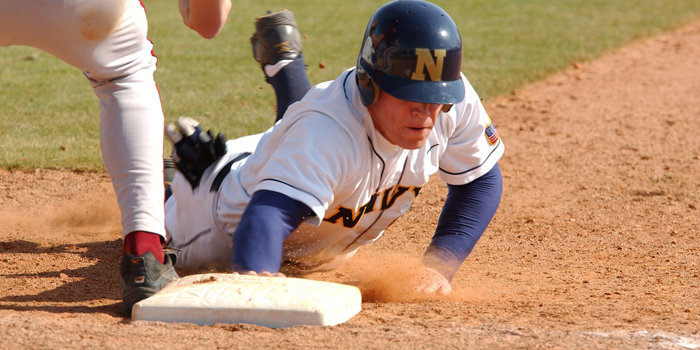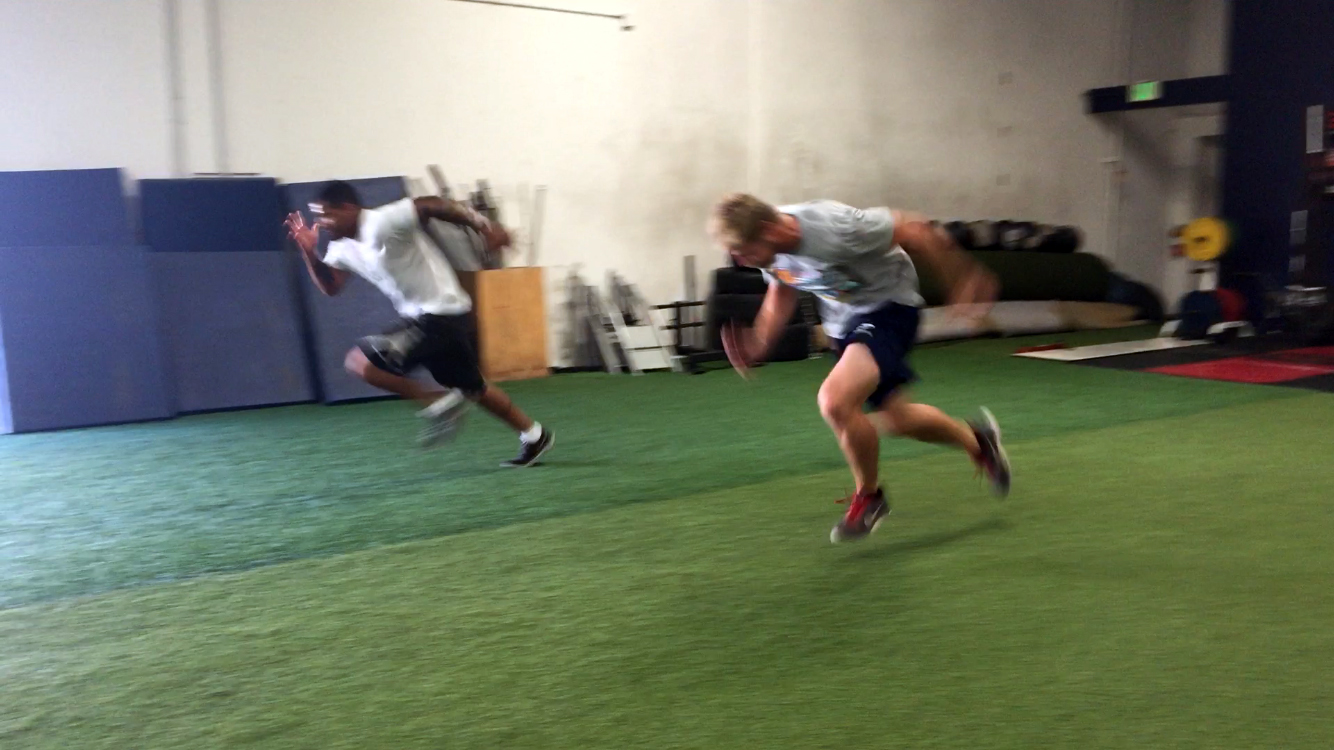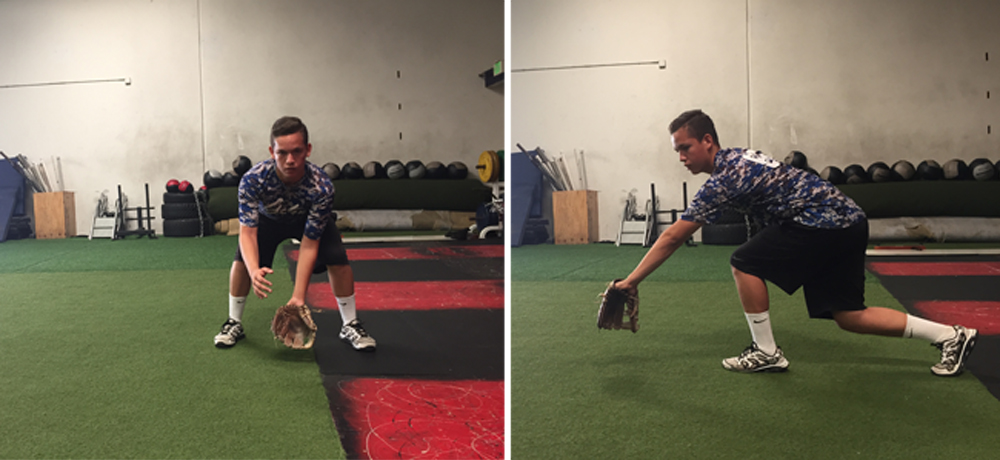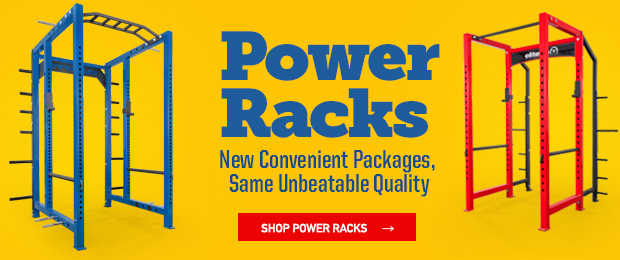
With the job of a performance/strength coach, we will never have enough time to get everything done, which is why we aim for certain goals on a daily basis. Physically, those goals are to prevent injury by mobilizing joints, stabilizing joints, activating the nervous system, building a good base of strength and giving the athletes efficient movements. Psychologically, those goals are to make the athlete feel comfortable, create a connection (for the little time that we have) and set the tone. Getting all of this done in 45–60 minutes on a biweekly basis isn’t optimal. So it then becomes a game of picking and choosing what will benefit the athlete the most throughout that time.
When you look at a kid with a young training age and an athlete with an old training age, you can always find a few who usually lack one thing—the body's ability to move quickly from 0 to 30 meters. With all the demands placed on an athlete, when it comes to the start and acceleration phase throughout the session, this can definitely be one of the most important qualities to address and can give instant gratification to the athlete.
Looking into the sprint itself, it can be divided simplistically into three zones: the start, acceleration and maximum velocity. The start is a fixed position to a direction of 10 yards. Acceleration is the distance prior to reaching maximum velocity, and max velocity is exactly what it is—the fastest an athlete can get. Looking at percentages of the max velocity, an athlete can get to 100 percent of his max speed in 60/70 meters, but the sprinter gets to 90 percent at 30 meters. So when dealing with baseball (90 feet/27.4 meters) and softball (60 feet/18.29 meters), you can see the significance to acceleration.
When it comes to baseball and softball, the majority of the time, an athlete will be in a fixed position and laterally move and eccentrically stop and then re-accelerate out in a direction. So the significance of a piston-like “drive” needs to be addressed more than the cycle actions of maximum velocity.
The start and acceleration will always be the first to be flawed the majority of the time. In fact, you will hardly ever see an athlete's top speed ever. With acceleration, its mechanics involve the posterior chain held from ankle to ear in angle while the dynamics are done in the quadriceps chain. The foot strikes the ground on the balls of the feet and beneath the hip, with one hip extended while the other is flexed.
The power of dorsiflexion of the feet is important for the kinetic chain. If your toe is down, your calf is shut off and your hamstring will do twice the work than if your calf was turned on (toe up). Simply said, toe down equals an increased load, lower performance and injury on that hammy! Even if there is a false start or the arms get sloppy, you can’t beat efficient force on the ground. That is what provides instant gratification.
Along with that, a baseball or softball player's first movement is crucial. We must account for the significance of the start and reaction time that can tie in with being “fast.” However, right after the reflex comes the lateral movement that the majority can always improve on—creating and generating force laterally.
Also, here's something to consider. From the ready position to getting a ground ball, an infielder will keep his head level the entire time. This makes the athlete “smaller,” closing the hips but a better advantage for keeping the eyes at the same level. The infielder gets better hand-eye coordination and his glove is closer to the ball on the ground. This does makes sense, but for all other scenarios and situations, opening up the hips laterally and getting in a hip-extended position is crucial. Still, the infielder can create the same movements and force in this semi-closed hip position if done properly.
Drills
The drills are divided into two groups. The order in which I list them is the way that I would progress:—linear and lateral. Linear will carry more improvement for beginners, but lateral will fine tune these qualities. You can also get position specific with the infielders in some of these (keeping the eye level like I mentioned above).
Dynamic Movement Patterns
The reason why I have this one first is because when the athlete understands it, he can practice it anywhere and anytime. Also, the warm ups will involve these movements, so it only makes sense to teach this. The more a young athlete understands how to dynamically move in patterns, the more the nervous system will fire.
Linear:
Lateral:
External Force
Getting back to the basics, the athlete can do the drill and look to see if he is doing it correctly. The coach can give feedback instantly and do plenty more variations of these exercises to make it challenging.
Linear:
Lateral:
Resisted Force
This is one of the most basic ways to have an athlete understand his body and create a good upright pillar/position of the body. Make sure the athlete keeps a good rhythm/pace on each step, landing properly on the balls of the feet. Inevitably, this drill will get difficult or the athlete will not “feel” right if the body isn't in the upright pillar position.
Linear:
Lateral:
Resisted Dynamic Force
Strength-speed: Personally, I like to go around anywhere from 15–30 percent of body weight when it comes to linear resistance. This is why I'm not a fan of resisted bands. It's hard to find the exact weight. When it comes to lateral movements, the resisted band does help with instant increase/decrease of load to help on the lean before the start.
Linear:
Lateral:
Speed-strength: The aim for this is kinetic linking or the body’s ability to transfer energy from one segment to the other. With the weight being heavy enough to make you lose balance, it shows whether or not your core is strong or in a good position. It’s great for feedback. With the bounds and long jumps, try to cover as much ground as possible. Doing multiple jumps/bounds for distance will make it more challenging to control your body and move continuously.
Linear:
- Double leg long jump variations
- Alternating single leg bounds
- Medicine ball scoop toss (for height)
- Medicine ball scoop toss (for distance)
- Medicine ball press toss (for distance)
Lateral:
In my opinion, this is where it can be a bit questionable simply because a few of these movements aren't as sport-specific. But what it does do is help your body position itself in the most optimal way to apply force laterally. For example, if a baseball player is stealing from his right, skater throws to the right would be pushing off of the left leg and then that’s it. After that, the right leg would be dead in the air and land after the medicine ball is thrown. Ideally, that right leg should be creating hip extension to the ground where the athlete would go. So the athlete is still bringing the torso and pelvis in the same direction as with a lateral sprint.
- Skater/Heiden/slideboard sticks
- Incline/resistance skater sticks
- Continuous skater/Heiden/slideboard (moving at a good pace/ rhythm)
- Skater/Heiden medicine ball toss (from hip)
- Continuous skater/Heiden to toss (from hip)
- Lateral medicine ball push to 10-yard sprint (as you initiate the run, chest press/push for distance)
I’m not a fan of sprinting out of a toss from the hip because there is too much torso rotation involved instead of the push and sprint, which has the chest and hips pushing and moving toward the plane desired when sprinting.
There are many other things that can make an athlete faster, quicker and more proprioceptive. All of these routines are just additional tools that can help out with a quality that all athletes, specifically baseball and softball players, can use to help out with their performance. It isn't “speed kills.” It is “force kills.”
James Carr graduated from California University of Pennsylvania with a degree in sports management. He earned his CSCS from the NSCA in 2014. He is a performance coach for EM Training in Rancho Cucamonga, Southern California where he mostly trains the softball, baseball and football population.











